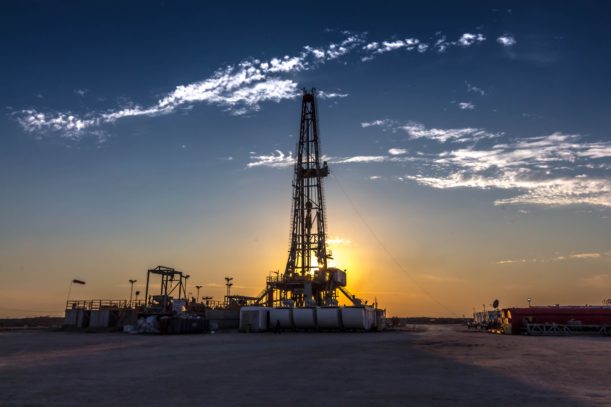
Crude is rallying once again and, surprisingly, the differential between the North American benchmark West Texas Intermediate (WTI) and Brent, which is the international price, has widened significantly.
After narrowing earlier this year, the differential has expanded to at over US$8 a barrel with WTI trading at US$70 and Brent at more than $78 per barrel. This substantial premium provides those oil companies operating outside North America and capable of accessing Brent pricing a handy financial advantage.
One attractively valued upstream oil producer, which owns an internationally diversified portfolio of oil and gas assets, is International Petroleum Corporation (TSX:IPCO), which is the latest addition to the Lundin Group of Companies.
Now what?
International Petroleum owns oil- and gas-producing assets in Malaysia, Canada, the Netherlands, and France. In a single year, the company managed to quadruple its oil reserves to 129 million barrels. Those reserves are valued at US$796 million, which comes to US$9.10 per share, or roughly 41% greater than its current market value, indicating the potential upside that is available. The value of those reserves will expand in the current operating environment because their net asset value (NAV) was calculated using an average Brent price for 2018 of US$63.50 per barrel, which is well below its average value since the start of the year.
Impressively, International Petroleum has been able to steadily expand production to 34,900 barrels daily for the second quarter 2018, which was more than three times greater than a year earlier. This is a particularly important attribute in an operating environment where oil is rallying higher. Those solid results indicate that International Petroleum is on track to achieve its revised 2018 production guidance of 32,500-34,000 barrels daily.
Because roughly 62% of its oil production comes from Malaysia and France, International Petroleum can access Brent pricing, giving it a financial edge over its peers solely focused on North America.
A pleasing aspect of International Petroleum operations is their low costs. For 2018 it has forecast an average cost of US$12.60 per barrel of crude produced, which is 22% less than what it reported for 2017. When coupled with growing production and higher oil, this highlights that the driller’s earnings will grow at a decent clip.
For the full year 2018, International Petroleum is expecting cash flow from operations of US$201 million if oil averages US$60 a barrel for the year. This, according to the company’s calculations, will grow to US$233 million if oil averages US$70 per barrel. Both estimates represent a significant increase over the US$138 million reported for 2017.
There is every indication that International Petroleum’s oil reserves and production will continue to expand because the company is focused on a range of organic growth initiatives. Earlier this year, it increased its 2018 capital budget to US$44 million from the US$32 million originally planned. International Petroleum is using this capital to fund the optimization of its Canadian natural gas wells and to conduct further development drilling at its existing operations.
International Petroleum also finished the second quarter with a solid balance sheet, reporting long-term debt of US$259 million, which is just over one times operating cash flow, indicating that it is quite manageable.
So what?
Despite International Petroleum performing strongly since the start of 2018, gaining 46%, or more than double the 21% increase for crude, there is still considerable upside ahead. The company is attractively valued when it is considered that the NAV of its oil reserves is more than its market value. When this is considered in conjunction with International Petroleum’s low operating costs, growing production, and higher oil prices, its earnings should grow at a solid clip, giving its stock a healthy boost.
Fool contributor Matt Smith has no position in any stocks mentioned.
